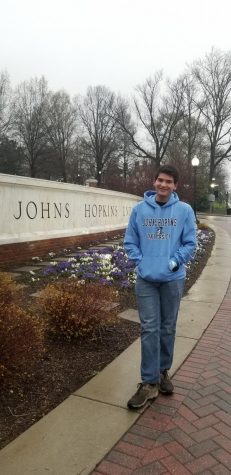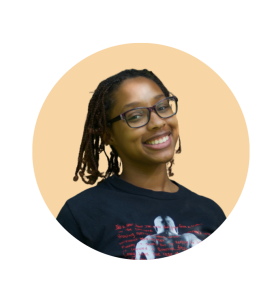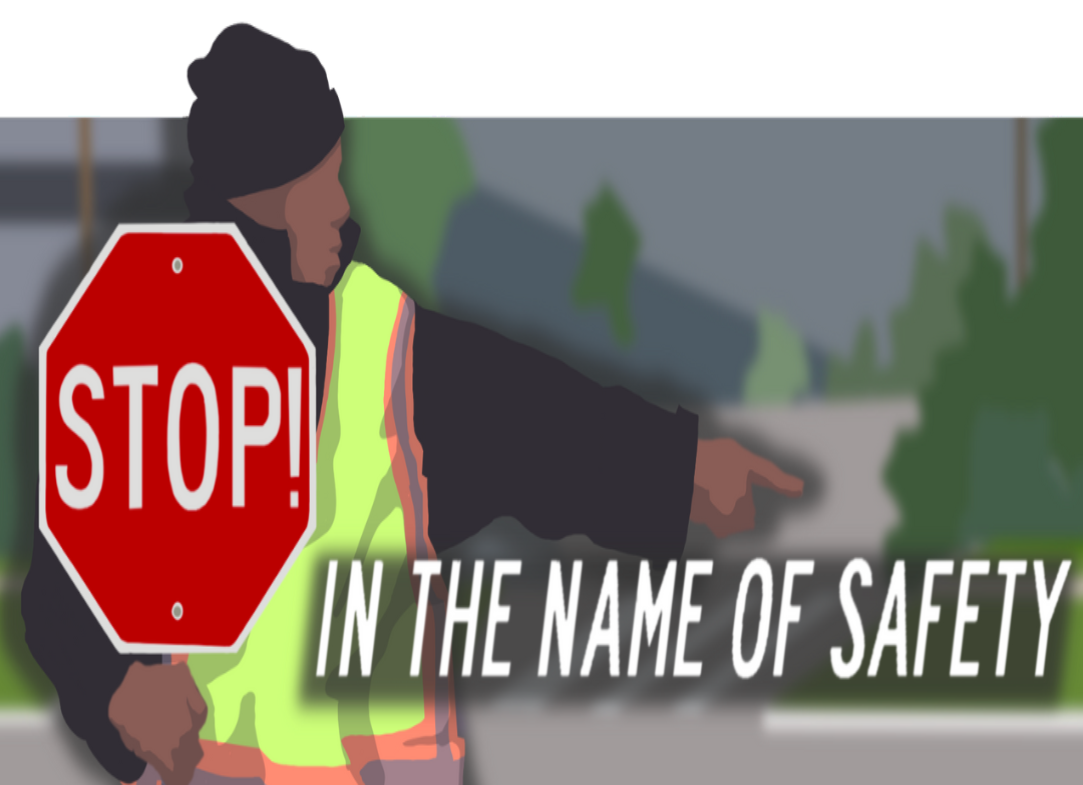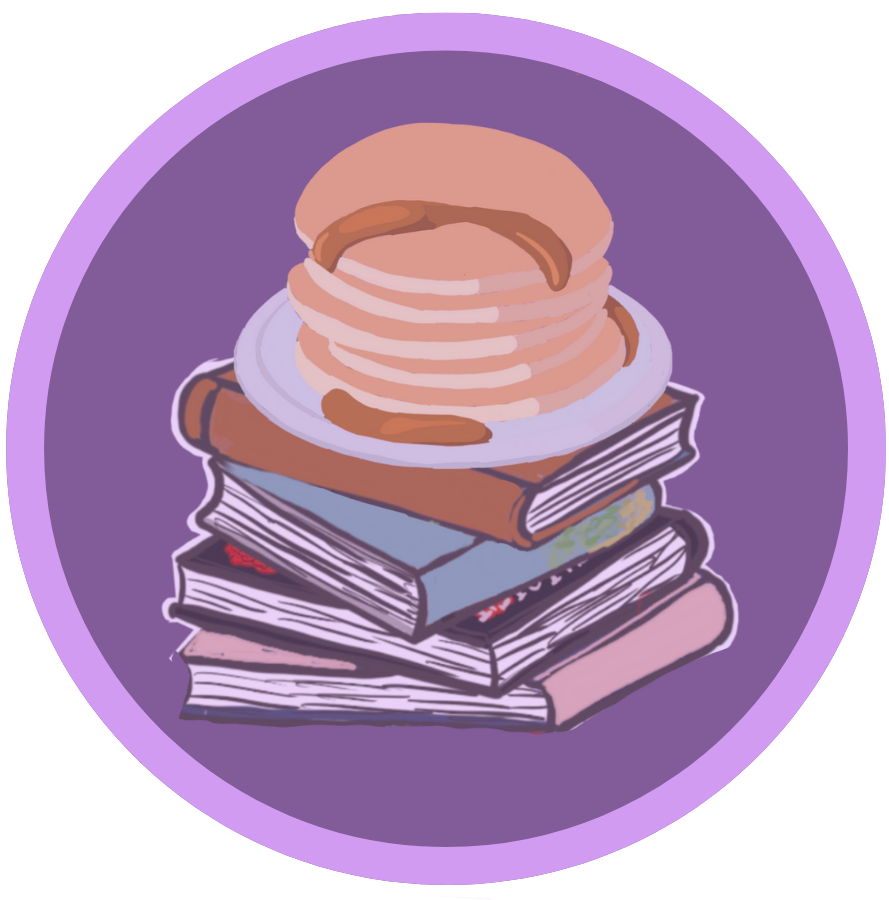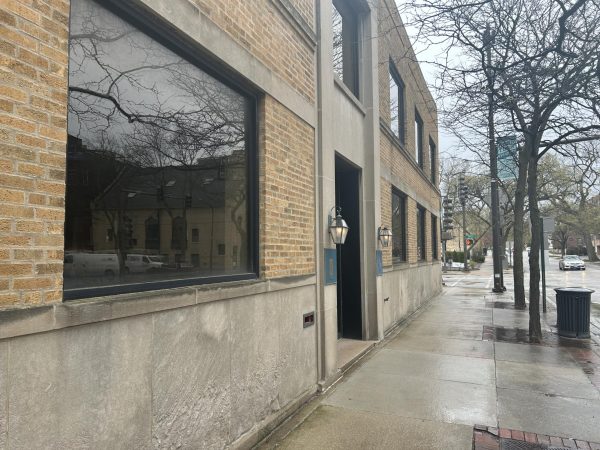Reading program reflects on changes
March 23, 2019
With a third of incoming freshmen entering Evanston with a reading level below grade level, there has been an ongoing effort by ETHS to ensure that these students receive the help and assistance they need to succeed.
“We want to meet [students] where they are; to strengthen the areas they are strong in and improve the areas they are weaker in,” school-wide reading specialist Kiwana Brown said.
The core of the ETHS reading program is a “tiered system.” This program consists of levels of assistance and support with that aid slowly being reduced as students get closer towards the “expected reading level.”
The main bulk of the program consists of a “flexible grouping” placement, in which students are placed in groups of eight to 10 students who have similar needs and skill levels as they do. As students progress through the program, they move from one group to the next, developing skills as they do.
“Everyone’s making progress, that’s my goal, and I see progress by the end of the school year and in the years after,” English and reading teacher Nancy Odisho said. “This past semester I had four students move out of the program and go into earned honors level classes.”
According to Odisho, the greatest difficulty in teaching reading is that many of the students have “had really bad experiences with reading … [and] you can’t teach students reading if they don’t enjoy reading.”
One of the major things that Odisho mentions is that students compare their abilities to those of their peers, something made especially easy through standardized tests, such as MAP and STAR tests, which are used to determine what the needs of an individual are. However, these tests are graded using differing criteria leading to a drop of around 20 percent between the reading levels reported in elementary and middle schools and those given at ETHS.
In order to minimize these differences, both in the actual tests given and in the skills needed in middle school versus those needed in high school, there has been a collaboration between District 65 and ETHS that has begun to bridge this divide.
“We don’t want D65 to be working with students from pre-k to eighth and then we’re working with them from ninth to 12th; we want when kids come here that with fluidity in the transition,” Brown said. “We also want a progressive continuum, so whatever they are doing in eighth grade can transition fluidly into ninth grade. That’s our big idea, to create some fluidity between what we’re doing here and what they’re doing there.”
In order to ensure that this continuum exists, every few years the program is revised to ensure that the needs of the students are being addressed. This could mean additional focus on vocabulary and language skills such as grammar, or a greater amount of analysis and interpretation.
“Since I started, the program hasn’t been the same; we’ve changed it and that’s the point,” Odisho said. “It’s supposed to change; we’re supposed to cater to our kids needs, that’s what we do.”
While the program has grown in the past years, including the addition of several new courses designed to better teach students and a summer school class which helps students in the difficult transition between middle school and ETHS, there is still a lack of resources.
“One of our biggest barriers is always going to be resources,” Brown said. “It would be very helpful to have additional staff who are able to work with students on a one-on-one basis, but we need the resources.”
Despite this lacking, Brown does believe that the program is headed in the right direction.
“We don’t have tunnel vision. When we see things that need to be changed we change them.”
One of the reasons there has been so much change in recent months is because of a report released on Jan. 10 which revealed the massive distance between the reading levels of white students and students of color, with a gap of around 50%. However, while this is a massive issue, both in regards to literacy and in wider society, Brown does think that change is possible.
“There has to be a community of care, everyone has to care. Everyone has to put forth the effort to show students that this is important. Everyone has to help in this effort.”

